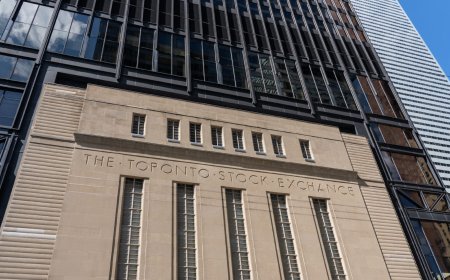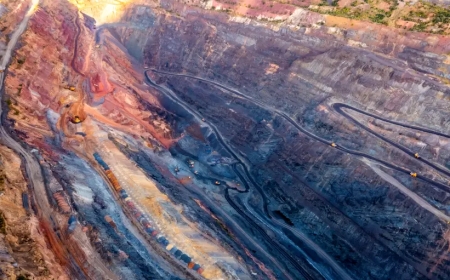Skeena feasibility delivers longer mine life, bigger capex for Eskay Creek
Skeena Resources (TSX: SKE; NYSE: SKE) has released highlights of a definitive feasibility study for its Eskay Creek gold-silver project in northwest British Columbia that paints a picture of a robust project.


Building on a feasibility study released last year, the new study adds three years to the mine life (now 12 years) and forecasts an after-tax internal rate of return of 43%. However, it also raises initial capital costs by 20% to $713 million.
The study forecasts a net present value of $2 billion at a 5% discount rate, and a 1.2-year payback period.

Sustaining capital is estimated at $561 million and closure costs at $175 million. The feasibility used base case gold and silver prices of US$1,800 per oz. and US$23 per oz., respectively.
“With our base case after-tax NPV surpassing $2 billion, Eskay Creek stands out as a rare potential Tier 1 gold mining project, located in a politically stable jurisdiction,” said executive chairman Walter Cole in a release. “Excitingly, we see additional opportunities to increase reserves and mine life, while continuing to advance the project through permitting, project financing, construction and production in 2026.”
In its first five years, Eskay Creek would produce 455,000 oz. of gold annually, according to the study. Production during the first decade would average 370,000 oz. per year. All-in sustaining costs would average US$684 per oz. gold equivalent sold.
Since the previous study was released, Skeena has increased reserves at Eskay Creek by roughly 20%, remodelled the orebody based on a more selective mining approach, simplified the mill flowsheet, increased the grade and lowered the tonnage of concentrates produced.
Skeena has started the permitting process for Eskay Creek, with permitting expected in early 2025 and first production in late 2026. The project, located in the Golden Triangle, was a producer from 1994 to 2008.
Eskay Creek proven and probable reserves are 39.8 million tonnes grading 2.6 grams gold per tonne and 68.7 grams silver. Contained ounces total 4.6 million oz. gold and 88 million oz. silver (4.6 million oz. gold equivalent).
Measured and indicated resources are 50.1 million tonnes at 2.6 grams gold and 63 grams silver for 4.1 million oz. gold and 101.4 million oz. silver (5.5 million oz. gold equivalent).
Processing would start with a throughput capacity of 3 million tonnes per year, expanding to 3.5 million tonnes in year five. A combined gold-silver concentrate would be produced onsite for transport to third-party smelters.
The company’s nearby Snip project, which hosts 823,000 oz. gold in indicated resources (2.7 million tonnes grading 9.35 grams gold per tonne) was not included in the study, however, the company expects to complete an initial engineering study next year that will explore the potential to supplement Eskay Creek ore with “clean” high-grade material from Snip.
Skeena shares rose as much as 6.7% to $5.34 in morning trading in Toronto before settling at $5.04 in the afternoon. It has a market cap of $444 million.



















